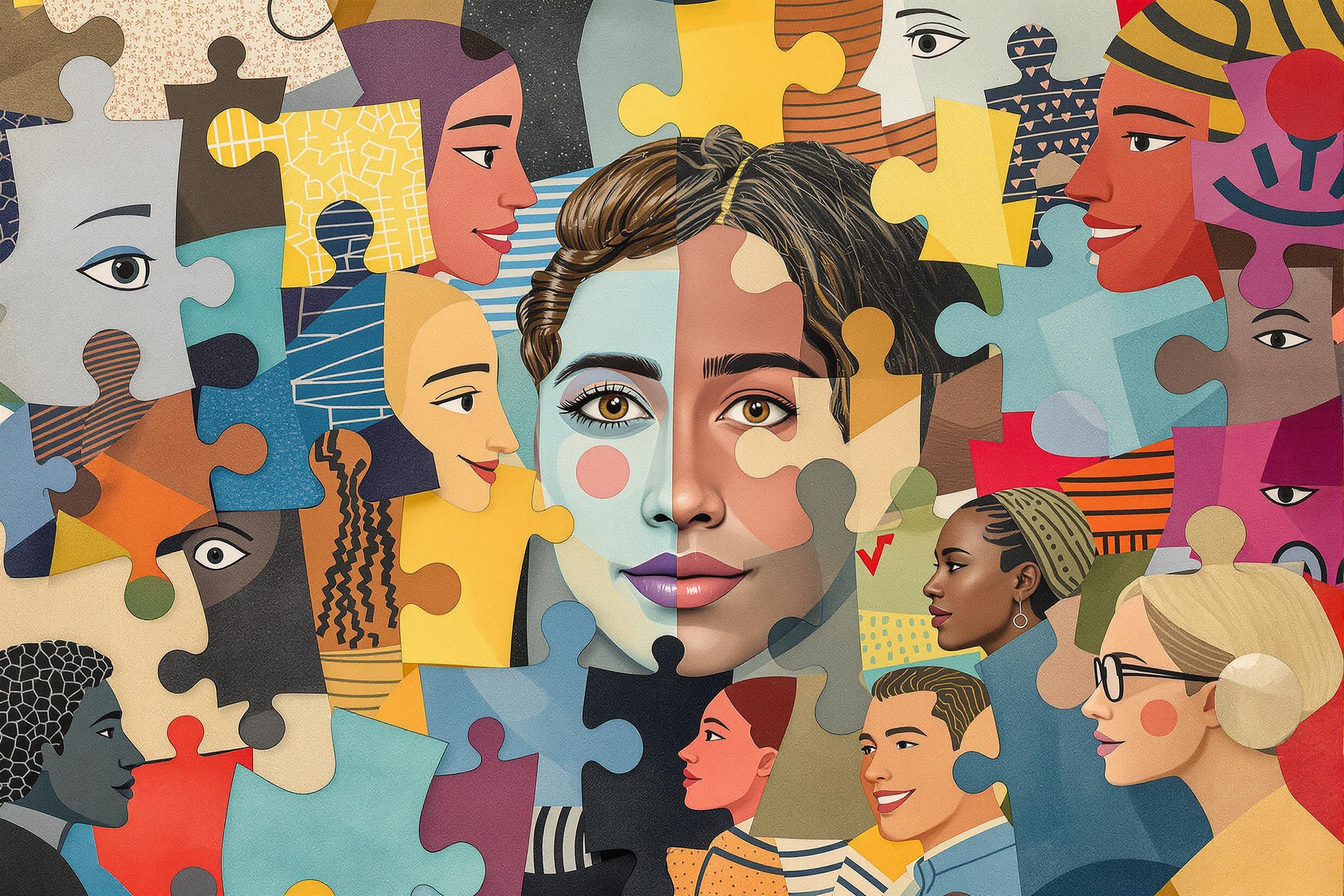
Museum Curation
Museum Curation is the professional practice of selecting, organizing, and caring for items in a museum's collection. It's like being the storyteller and caretaker of a museum's treasures. Curators choose which artifacts or artworks to acquire, plan how to display them in interesting ways that tell stories to visitors, and ensure these items are properly preserved for future generations. They work closely with other museum staff, write descriptions for exhibitions, and often help raise funds through grant writing. Similar roles might be called Collection Management or Cultural Heritage Preservation. This is a key role in museums, cultural institutions, and heritage organizations.
Examples in Resumes
Developed and executed 5 major exhibitions as Museum Curator at City Art Museum
Led collection management initiatives as Curator for Natural History Department
Secured $500,000 in grants as Senior Curator for special exhibitions
Managed preservation of 1000+ artifacts as Assistant Curator in Historical Museum
Typical job title: "Museum Curators"
Also try searching for:
Where to Find Museum Curators
Professional Organizations
Job Boards
Professional Networks
Example Interview Questions
Senior Level Questions
Q: How would you approach developing a five-year collection strategy for our museum?
Expected Answer: A senior curator should discuss analyzing current collections, identifying gaps, budget considerations, preservation needs, and alignment with the museum's mission. They should mention stakeholder engagement and fundraising strategies.
Q: Tell us about a challenging exhibition you've managed and how you overcame any obstacles.
Expected Answer: Look for examples of leadership, problem-solving, budget management, and successful collaboration with various departments. They should demonstrate experience with both creative and practical aspects of exhibition planning.
Mid Level Questions
Q: How do you approach writing exhibition descriptions for different audience levels?
Expected Answer: Should demonstrate ability to adapt writing style for various audiences (children, general public, specialists), understanding of accessibility, and experience with exhibition labeling standards.
Q: What methods do you use to track and maintain collection records?
Expected Answer: Should show familiarity with collection management systems, documentation procedures, and experience with maintaining accurate records of acquisitions, loans, and object conditions.
Junior Level Questions
Q: What are the basic principles of object handling and preservation?
Expected Answer: Should know fundamental handling procedures, basic preservation techniques, and understanding of environmental controls for different types of objects.
Q: How would you research an object's history and provenance?
Expected Answer: Should demonstrate knowledge of research methods, reliable sources for object history, and understanding of documentation importance in museum collections.
Experience Level Indicators
Junior (0-2 years)
- Basic object handling and care
- Collection documentation
- Research assistance
- Exhibition installation support
Mid (3-7 years)
- Exhibition planning and execution
- Grant writing
- Collections management
- Public programming
Senior (8+ years)
- Strategic collection development
- Budget management
- Team leadership
- Major exhibition curation
Red Flags to Watch For
- No knowledge of proper object handling procedures
- Lack of experience with collection management systems
- Poor writing and communication skills
- No understanding of preservation standards
- Limited research experience
Need more hiring wisdom? Check these out...

Culture Add vs Culture Fit in Hiring: Why It May Be Time to Rethink Your Approach

Cracking the Code: How to Source Talent in APAC and EMEA with Cultural Sensitivity

Beyond the Resume: Cultivating a "Hire for Potential" Mindset in Management

